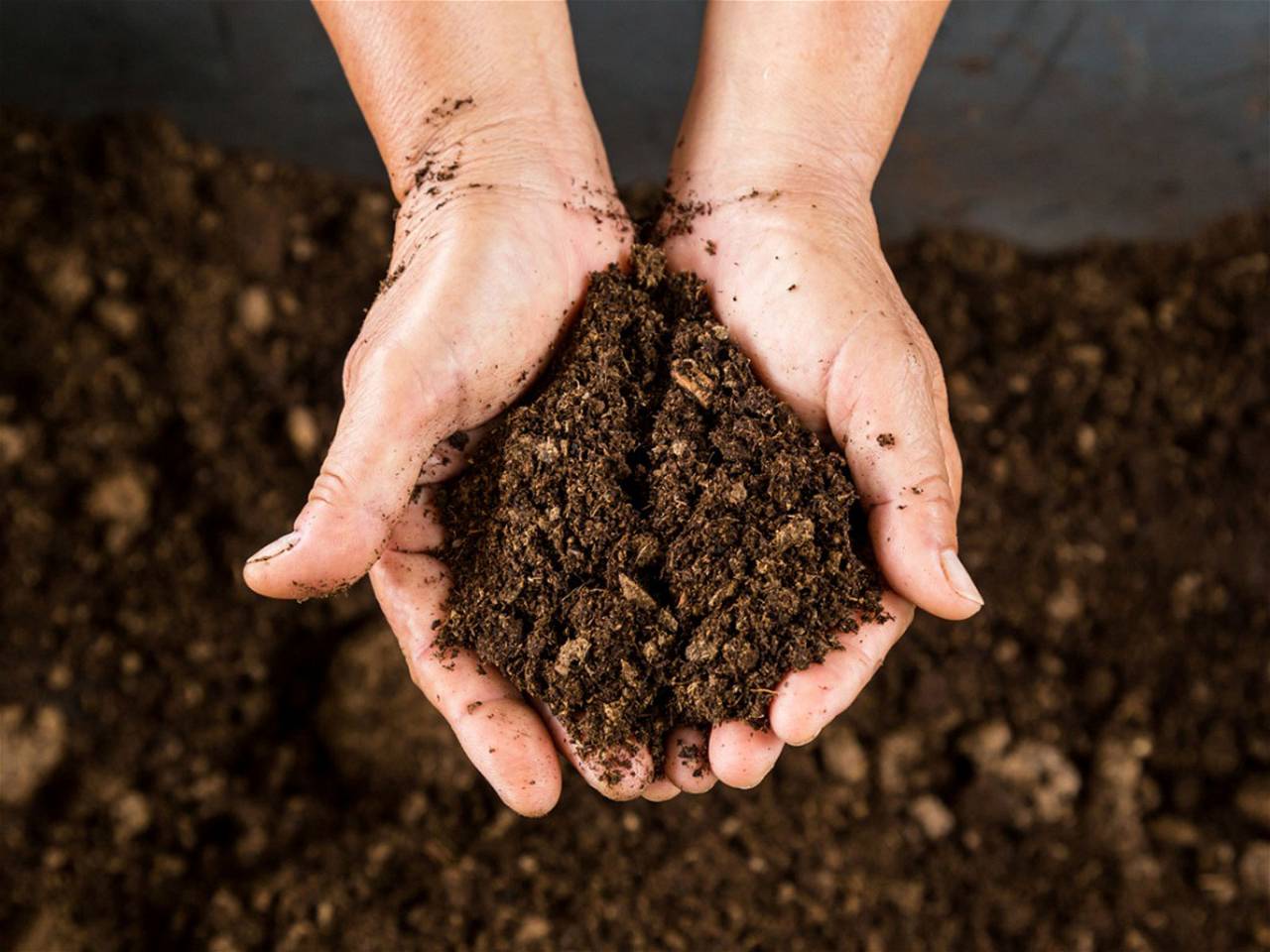
According to the Royal Horticultural Society, peat moss is made up of layers upon layers of partially decomposed plant remains like sedges, reeds, mosses, and grasses. It takes thousands of years to form when an abundance of water and the absence of oxygen affect natural decay processes.
Peat moss can be found in bogs. Bogs are marshy, mucky, waterlogged places that are mostly found in the northern hemisphere.
According to Marianne C. Ophardt of the Washington State University Extension, the primary sources for commercial products are Canada, Finland, Ireland, and Russia.
Scotland is home to many bogs with 23 percent of the country covered with peat.
However, most of the peat in Scotland is protected and not used for commercial purposes.
Sphagnum moss is often found growing on top of peat moss layers, although this live plant material should not be mistaken with peat moss, which refers to decomposed material that is typically centuries old.
A bog must be drained of all near-surface water before this soil amendment may be harvested.
Then there must be layers of native plants cleared. When the top layer of degraded material is exposed to the outdoors, it begins to dry out, making it ready for "scraping."
During the harvest season, commercial harvesters use enormous vacuums to harvest up to 100 acres of peat per day.
The material that is more commercially valuable (because it is fresher and less degraded) is found towards the surface and is marketed differently than the lower layers.
The scraping or harvesting procedure used to obtain this product is being scrutinized because peat bogs are home to a range of animals, including plants and frogs that are only found in peat bogs and mires.
These living species are severely harmed in order to gain access to peat, and the removal of peat acres reduces the overall production of vital gases and nutrients.
Manufacturers have been defending the practice of mining and selling these items to consumers. They claim to be following ethical procedures to ensure that what they take grows back at a healthy speed.
The pace of growth varies greatly — it can be as slow as 1/16-inch per year — and these goods are not regulated in the same way in every country.
While Canada has done a decent job of keeping track of overall reserves, other countries continue to collect the material without any standard enforcement of environmentally sound techniques.
As a result, other regions have enacted bans on certain uses of this soil amendment. Ireland is leading the drive for reform, having put an end to peat extraction in certain areas for good. Governments all around the world are working with ecological experts, industry leaders, and scientists to balance standards as needed to keep the depletion of peat moss at a minimum.











